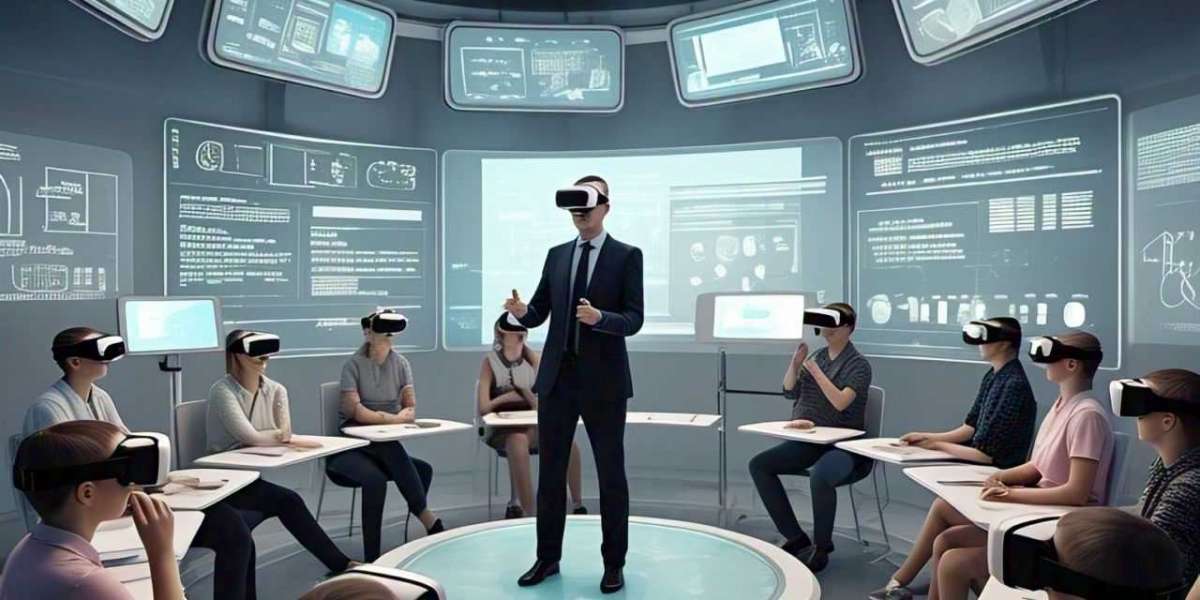The way we learn is evolving rapidly, and Virtual Reality (VR) is at the forefront of this transformation. Traditional classrooms are being replaced by immersive virtual learning environments, making education more interactive, engaging, and accessible. As next-generation VR technology continues to advance, it is revolutionizing the way students and teachers experience education in 2025 and beyond.
Immersive Learning Experiences
One of the biggest advantages of VR in education is its ability to create immersive learning experiences. Instead of reading about historical events, students can virtually step into the past and experience them firsthand. Science students can explore the human body in 3D, conduct virtual experiments, and understand complex biological processes in ways that traditional textbooks cannot offer.
In subjects like astronomy, VR allows students to travel through space, exploring planets, stars, and galaxies in real time. These hands-on learning experiences make education more engaging and improve knowledge retention.
Breaking Geographical Barriers
Next-gen VR eliminates geographical barriers, allowing students from different parts of the world to attend the same virtual classroom. Remote learning becomes more effective as students can interact with teachers and classmates in a shared virtual space rather than just watching lectures on a screen.
This technology is particularly beneficial for students in rural or underprivileged areas, where access to quality education is limited. Through VR, they can attend classes in prestigious institutions without needing to travel, making education more inclusive and accessible.
Personalized and Adaptive Learning
Artificial Intelligence (AI) plays a key role in next-gen VR classrooms, enabling personalized learning experiences. AI-driven virtual tutors can assess a student's strengths and weaknesses, adapting lessons to their individual needs. If a student struggles with a concept, the system can provide additional support and interactive exercises to reinforce learning.
Teachers also benefit from AI-powered analytics that provide insights into student progress. This data-driven approach helps educators tailor their teaching methods to maximize student engagement and performance.
Skill Development and Career Training
VR is not just for traditional subjects—it is also transforming skill-based education and career training. Medical students can practice surgeries in virtual environments before performing them on real patients. Engineering students can design and test prototypes in VR before building physical models.
In vocational training, VR enables trainees to simulate real-world scenarios, such as repairing machinery, operating heavy equipment, or managing emergency situations. This practical experience improves skill development and boosts confidence before entering the workforce.
Challenges and the Road Ahead
While VR in education offers exciting possibilities, challenges such as high costs, accessibility, and the need for teacher training still exist. However, as VR technology becomes more affordable and widespread, it is expected to become a standard part of education in the near future.
With next-gen VR classrooms, the future of education is no longer confined to four walls. Instead, it is a dynamic, immersive, and global experience that empowers students to learn, explore, and innovate like never before.




